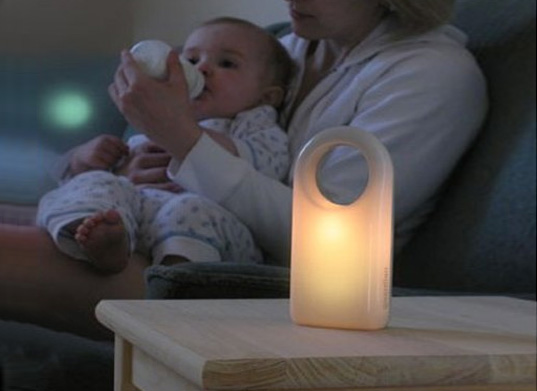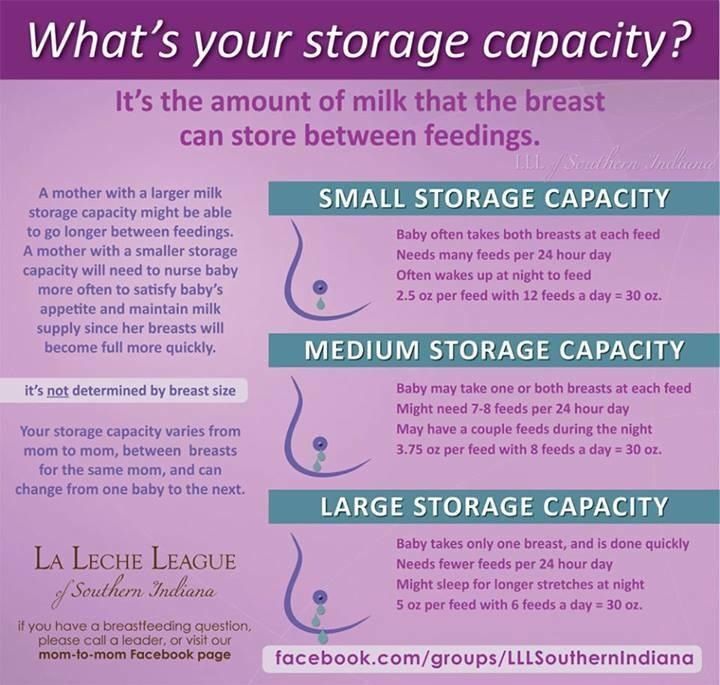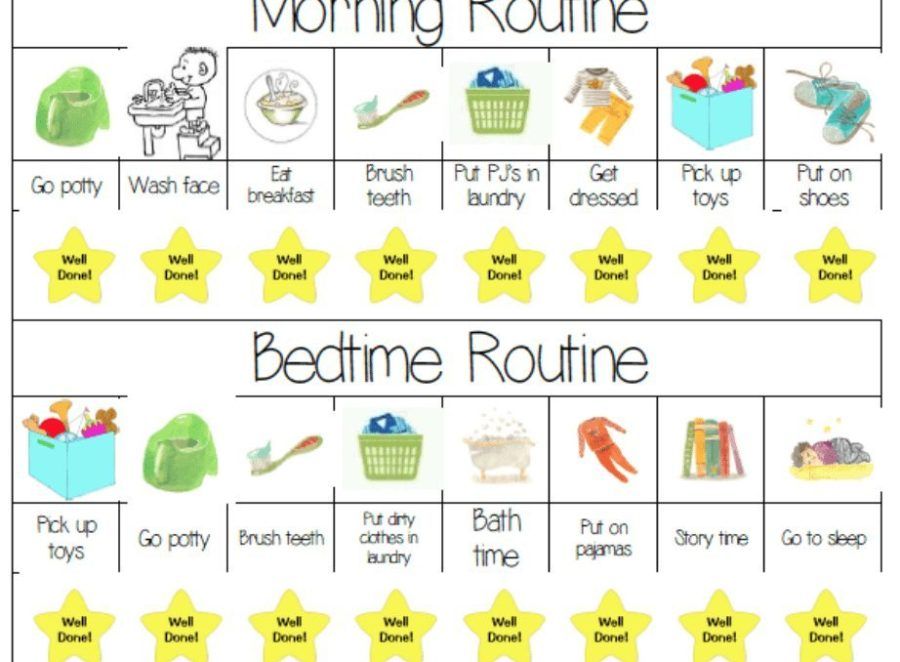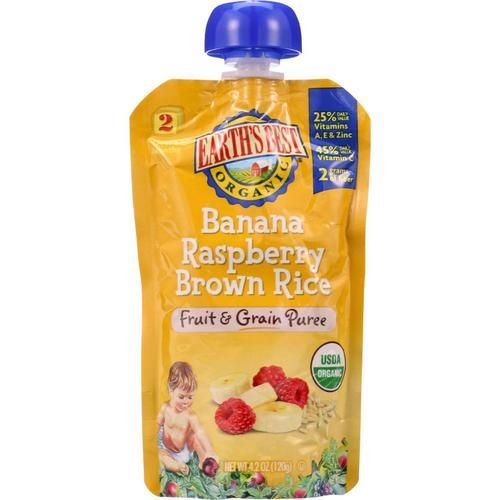Love birds baby food
Hand Feeding Baby Lovebirds From Day 1
Hand feeding any baby Lovebird is a commitment, but hand-feeding a baby Lovebird from day 1 is a commitment, plus labor of love! Hatchling babies are very tiny, in addition to being very uncooperative.
The most important thing to consider when feeding a baby this young is timing. Parent Love birds feed their young around the clock for the first 7-10 days, and the hand feeder must also do this. Hatchlings are fed every 2 hours round the clock for the first 5 days. The schedule changes after day 5 and I will discuss this later.
The items needed for a hatchling are the same as for an older baby but there are a few other that are necessary with a day 1.
Most baby Lovebirds are taken from their parents when they are about 14 days old, so digestive bacteria and enzymes have already been established in their systems by their parents. This happens within the first 4-5 days. Hand fed hatchlings do not get this benefit from their parents, so the hand feeder has to add these items. I use Enfalyte instead of plain water because hatchlings tend to dehydrate easily. (I prefer Enfalyte to Pedialyte because it is rice based.) A small syringe gives me much better control when I'm trying to feed a very tiny baby.
Proper feeding temperature is still 106F-108F. Mom feeds at the same temperature, regardless of age. With hatchlings, feeding amount is measured in drops rather than by cc. If the very first feeding is 6-8 drops, that is a lot! This picture shows how full the crop should be for a day 1 lovebird baby. Note that the crop is full and the formula stops at the base of the throat.
Deciding when to feed a day 1 chick for the first time can be tricky. If I do an assisted hatch and choose to feed the baby myself, I wait about 6 hours before I feed. Feeding too soon can kill the chick. If the baby has been with mom and I discover she isn't feeding, enough time has usually passed were it's safe to feed immediately.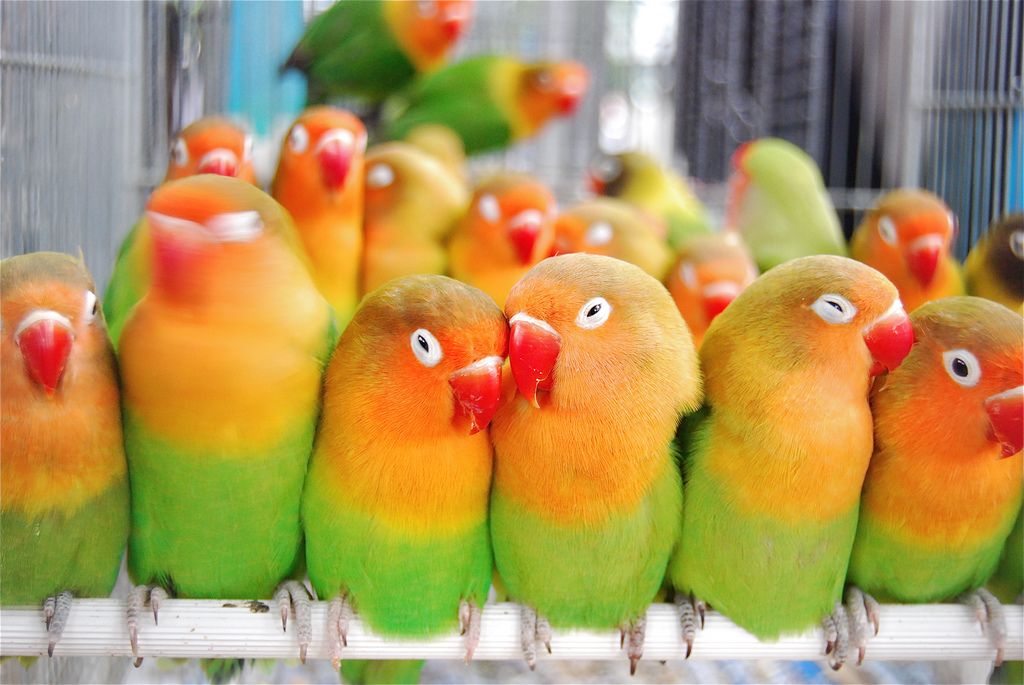
For the first couple of feedings, I use just Enfalyte or Pedialyte. This is to make sure that the digestive system is functioning before I feed anything that is harder to digest. As soon as I see that the baby has eliminated 3 separate times, I know I can begin feeding formula. As each formula is different, you will need to follow the mixing instructions on the individual packaging.
Once the baby is 5 days old, I thicken the formula so that I can extend the feedings to roughly every 3 hours. I stay on the 3 hour schedule until the baby is 2 weeks old, giving just one 4 hour break sometime between midnight and 5:00 a.m. to allow the crop to completely empty. Lovebird parents feed round the clock for roughly the first 2 weeks so I mimic their schedule. Even after the first 2 weeks, my first feeding of the day is between 5:00 a.m. and 6:00 a.m. This is also parent schedule. I allow 2 weeks for the digestive bacteria/digestive enzymes to populate the baby's system. Once the baby is 14 days old, I find that lactobacillus and papaya are no longer necessary unless I have a digestive problem with the chicks
Once the baby is 14 days old, I find that lactobacillus and papaya are no longer necessary unless I have a digestive problem with the chicks
Most important supplies: scale made for birds, O-ring syringes, Oxyfresh Cleaning Gel, bottle warmer made for human babies, a brooder that stays between 73-83 F, and Roudybush Handfeeding Formula (consistency of split pea soup to a heavy gravy served between 103-109 F with no dry, solid spots. Nothing should ever be added to the formula, and the formula should have the same thickness consistency from two weeks until weaned.)
2 weeks old:
5 feedings every 4 hours (8:00am, 12:00pm, 4:00pm, 8:00pm, 12:00am.) Many other breeders only feed 4 times every 4 hours the first week, but we do not want the babies crying for food in the middle of the night. Just like human babies, there are small babies (Pixy!) and there are large babies (her brother Jelly Bean!), so the amount of food is going to vary around 3.5-4.5 cc’s. Tamara and I do not say, “Ok baby, you have had 4 ccs, your full!” No, we fill up the babies until their crops resemble a full balloon or when they simply do not want anymore.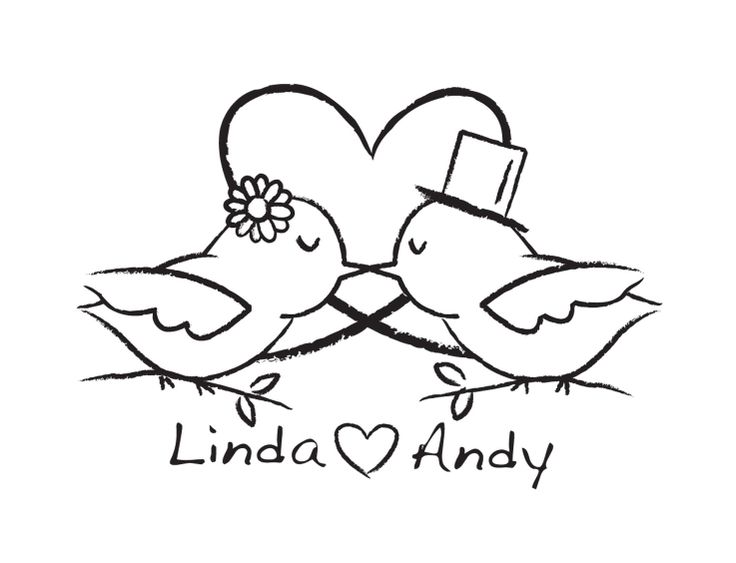 Feed the babies all at once; competition is your greatest ally. Well-socialization goal: babies should recognize you, have a wonderful feeding response, and have names.
Feed the babies all at once; competition is your greatest ally. Well-socialization goal: babies should recognize you, have a wonderful feeding response, and have names.
3 weeks old:
4 feedings every 4 hours (8:00am, 12:00pm, 4:00pm, 8:00pm.) Just fill those crops until they look and feel like a full balloon. At 3.5 weeks old, the babies will start to chew on their bedding. This is the time to introduce “big bird” food. Fresh, chewy Avicakes are the perfect introduction to solid food. Avicakes are highly nutritious unlike seed or millet. After babies are fed baby food, place a very small crumb into their mouths. This works great as a birdie pacifier also. We never feed them mashed-up or soft foods for weaning. Starting them on what they will eat as adults is best. After they are eating “big bird” food, we introduce small foot toys and toys they can shred. Well-socialization goal: babies try “big bird” food, recognize your voice, and step-up on your palm to be fed.
4 weeks old:
3 feedings every 6 hours (8:00am, 2:00pm, 8:00pm. ) We never drop their feedings to three until we know they are eating the Avicakes on a regular basis. This is the time when we introduce crushed-up Nutri-Berries and a small pellet like Roudybush Crumble. Depending on the size of the baby, they should be receiving around 6 ccs at this point. Once again, feel the crop and if the babies refuse, do not force them to eat. After we feed them baby food, we place them over the solid food bowl. This is the time we introduce a small dish of water also. Well-socialization goal: babies play with toys, eating adult food on a regular basis, and cry out not only for baby food, but for attention also. Some of the older babies at this point have a natural protective instinct of their siblings and territory, so to dilute this trait we lay down on the floor, cuddle, play with them with their toys, and feed them adult food by hand after each feeding. When they have fallen asleep, we place them back into the brooder.
) We never drop their feedings to three until we know they are eating the Avicakes on a regular basis. This is the time when we introduce crushed-up Nutri-Berries and a small pellet like Roudybush Crumble. Depending on the size of the baby, they should be receiving around 6 ccs at this point. Once again, feel the crop and if the babies refuse, do not force them to eat. After we feed them baby food, we place them over the solid food bowl. This is the time we introduce a small dish of water also. Well-socialization goal: babies play with toys, eating adult food on a regular basis, and cry out not only for baby food, but for attention also. Some of the older babies at this point have a natural protective instinct of their siblings and territory, so to dilute this trait we lay down on the floor, cuddle, play with them with their toys, and feed them adult food by hand after each feeding. When they have fallen asleep, we place them back into the brooder.
5 weeks old:
2 feedings every 12 hours (8:00am and 8:00pm or 6:00pm if some of the babies are screaming.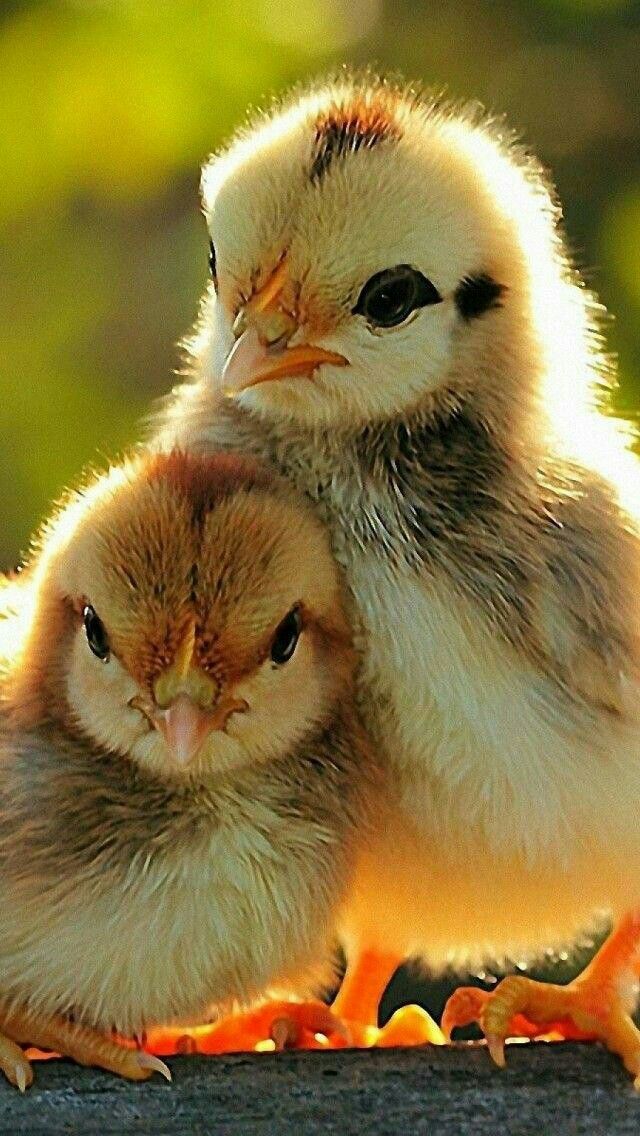 ) At 5.5 weeks of age the babies will start to fly. There first flight is always to us. This is always a true sign that your babies see you more than just the ones who feed you. It is a sign that they love you. This is one of the most awesome milestones for baby’s socialization. This is also the week we introduce seed, because as the babies wean they need that extra burst of energy that the fat in seed has in storage. The fat also fills them up more and helps them strive between feedings. Concerning feedings, some babies at this age take well over 8 ccs of baby food. When we reach 1 feeding per day, they can receive up to as much as 10 ccs.
) At 5.5 weeks of age the babies will start to fly. There first flight is always to us. This is always a true sign that your babies see you more than just the ones who feed you. It is a sign that they love you. This is one of the most awesome milestones for baby’s socialization. This is also the week we introduce seed, because as the babies wean they need that extra burst of energy that the fat in seed has in storage. The fat also fills them up more and helps them strive between feedings. Concerning feedings, some babies at this age take well over 8 ccs of baby food. When we reach 1 feeding per day, they can receive up to as much as 10 ccs.
6 weeks old:
1 feeding per day at 6:00pm or 8:00pm (babies can feed from 7-10 ccs at this point.) If we have a large clutch, 4 or more babies, the prodigies will normally wean during this week.
7 weeks old:
A baby should wean at anytime now. If they do not cry for their evening feeding, then do not give it to them. At 7 weeks, we introduce cooked foods, fruits, sprouts, and veggies. The babies will see the adults eating the food and will follow their lead.
At 7 weeks, we introduce cooked foods, fruits, sprouts, and veggies. The babies will see the adults eating the food and will follow their lead.
They should be fully weaned by 8 weeks.
See Lovebird Growth Picture Days 1 to Days 35
Lovebird Baby - Baby Lovebird Formula Care and Nest
To be honest, I was literally scared to touch my lovebird baby named Mumu. We purchased it from a pet store on March 12, 2016. I had never raised a baby bird before; therefore, I had no idea. The internet turned out to be a huge help, guiding me in my state of worry.
Nevertheless, I mustered up my courage and decided to feed it. I opened the incubator and gently lifted the sleeping Lovebird Baby.
He was clearly surprised and rushed to bite me. I stifled a laugh at his meaningless attempt to scare me. Eventually, I started feeding him.
Baby Lovebird Care
It is very important to remember these points for the safety and well-being of your lovebird.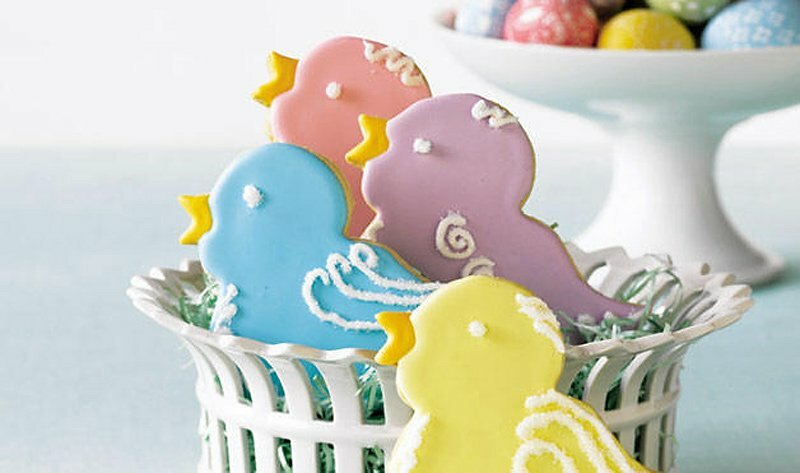
- Leave fresh water for your lovebird. It only takes a second to change the water.
- Clean perches and dishes while the birds nibble. Be sure to rinse thoroughly after using detergent or disinfectant.
- Never use Lysol etc. It is difficult to wash off all the residue.
- Take your bird outside with you if the weather permits.
- Supervise your bird with children or strangers.
- Supervise all animals when they are around your bird.
- Provide a cage large enough for your bird to have MORE than enough room to move and flap their wings.
- Provide your bird with different and stimulating toys to chew on.
- Do not cook with Teflon; if overheated, the gas emitted can be fatal to your bird.
- Do not smoke around your bird. Nicotine is lethal to birds.
- Don’t cook with a bird on your shoulder. Kitchens can be very dangerous.
- Don’t let your bird chew on surfaces or plants that can be deadly or poisonous if ingested. Be aware of lead and zinc toxicity.

- Don’t buy toys for your bird that have dog leash-type clips or jingle-type bells. (Toes can be grabbed easily).
- Do not bring any other birds that have not been tested by an avian veterinarian in contact with your bird.
- Don’t assume a bird is 100% healthy because it has never been “sick”.
Do lovebirds bite
Baby lovebirds aren’t mean; rather, they may be afraid. They use aggression as their defense. Never hit or yell at your bird. They also have feelings that are hurt. Always speak calmly and ignore bad behavior if it happens.
Baby Lovebird Formula
You will need boiled water, baby bird food powder, a syringe, and a feeding spoon (as your baby grows).
- Boiling water is essential to kill germs that could harm your baby bird.
- Mix a little powder and water until the consistency is fine (not too thick or too watery). There should be no lumps and blocks in the formula.
- Fill the syringe between 6 and 8 ml. Check the formula temperature using the palm of your hand.
 (Warning: high-temperature formulas can burn your baby’s throat).
(Warning: high-temperature formulas can burn your baby’s throat). - Give this amount of formula every 3 to 4 hours depending on your baby’s needs. Check your baby crop (the area around the stomach, check the picture below).
SOURCE: Lovebird Nursery
How to feed the baby
You must be very gentle when feeding your baby bird. The technique is simple, but it must be performed with great care and caution.
- Feed your Lovebird Baby when he is hungriest. You will know this by showing him the syringe. It will screech and jump forward eagerly.
- Your Lovebird Baby head should be tilted up.
- Gently place the tip of the syringe into your baby’s beak and begin suckling. If done correctly, you will see your bird swallow food. When swallowing, your bird will tilt its head or show body movements. Do not rush, always feed slowly.
- Check the harvest; if it is bulging, you should stop feeding your bird. You will also notice two bubble-like formations on your baby’s back.
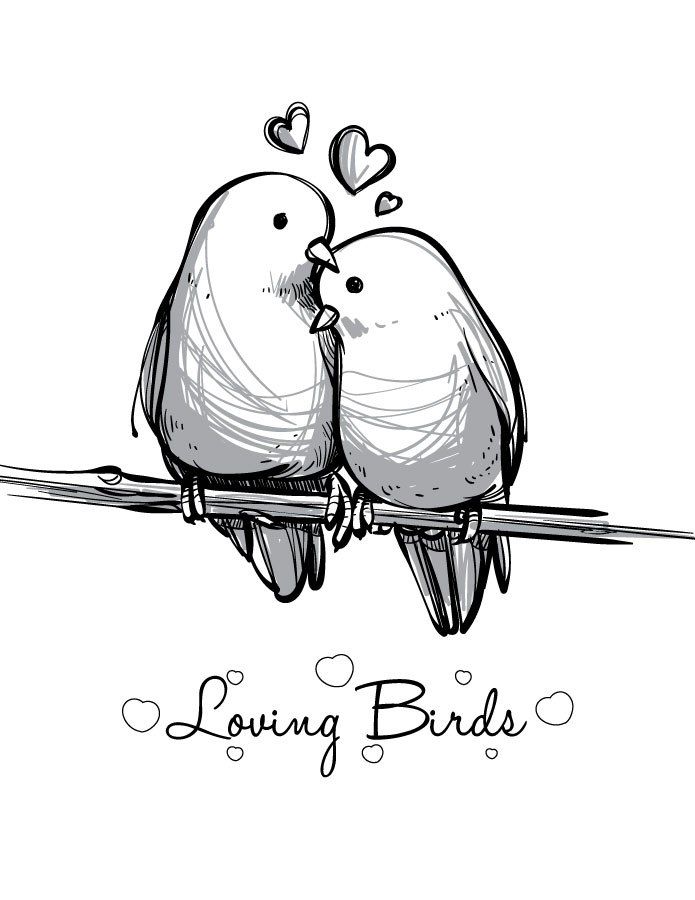 Do not feed after that.
Do not feed after that.
What to do after breastfeeding
- Clean your Lovebird Baby beak with a clean towel.
- Put your bird to sleep by gently stroking its feathers.
- Give your bird plenty of rest.
What do weaned lovebirds eat
You discover that your lovebird baby is weaned (used to going without something he has become addicted to) from the formula. What should you do? Here is the answer:
Offer seeds, fresh fruits, and vegetables every day. Corn is particularly important in their diet. Lovebird baby could eat just about anything.
Fresh foods for lovebirds
A lovebird’s list of favorite fresh foods includes:
- Apples
- Oranges
- Grapes
- Mangoes
- Plums
- Broccoli
- Peas
- But
- Beans
- Pasta
Remember: how you take care of your bird will determine its health and loyalty. Lovebirds are playful and sociable. Give them plenty of attention and love them for who they are.
What if your lovebird was afraid of new foods?
Once you feel your baby needs weaning, introduce her to new foods: give her corn, bananas, and seeds. Your pet may become frightened and cry (make small, short sounds) as a result.
Lovebird Baby may puff up their feathers and try to attack the new food. Show new foods daily and try to feed them. They will reject it at first. Keep trying to feed them until their fear subsides. It happened in my case and can happen in yours as well.
Lovebird baby nest
SOURCE: Brighter Days Aviary
Question: At what age can I stop feeding formula?
Answer: That’s when the baby is 1.5 months old. After that, wean your baby by introducing seeds, fruits, and green leaves.
Question: If I touch the baby lovebird to feed it when I go to school, can I put it in the crate with its parents? (The eggs haven’t hatched yet.)
Answer: The baby lovebird needs to be fed by the mother lovebird until it is two weeks old.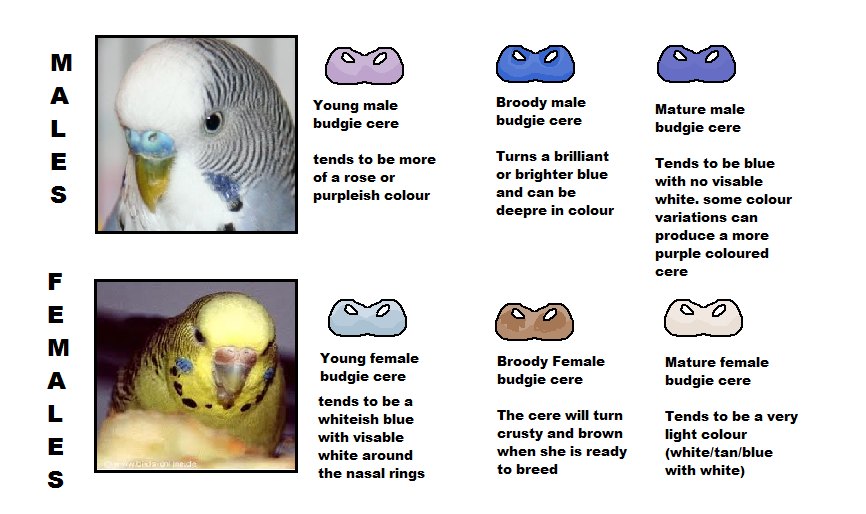 You can hand-feed the chick when it is about three weeks old.
You can hand-feed the chick when it is about three weeks old.
Question: How many days does it take to hatch a lovebird egg?
Answer: It usually takes about 21-23 days for an egg to hatch, but my lovebirds’ chick was born after 25 days.
Question: Should I feed my lovebird baby chicks at night? When did you feed Mumu?
Answer: Feed them once before sleeping. The time between morning and evening can be divided into a feeding pattern every two to three hours.
Question: Should I leave fresh water for the baby lovebird or the little lovebirds?
Answer: You should keep fresh water available for baby lovebirds at least one month old and mature lovebirds.
Question: Should I keep the baby lovebird away from the mother once I start feeding it?
Answer: No, you can feed the chick and place it near the mother lovebird when you are done.
Question: Can I make lovebird baby formula without baby bird food powder? What should I do with it?
Answer: You can make a porridge-like food with pureed fruits and vegetables (avoid seeds, avocados and sweet/salty foods). It is best to purchase the formula powder available at pet stores. Good brands contain all the nutrients needed for healthy growth.
Question: Do all the eggs hatch?
Answer: No, only a few eggs hatch.
Question: How do you know the female lovebird from the male?
Answer: A female lovebird lays eggs, sits with a wider stance, and is slightly heavier than the male.
Question: Is it okay to choose the baby lovebird (27 days old) to feed?
Answer: Yes, it is normal to feed them once they are about three weeks old.
Question: How do I keep my 3-week-old baby lovebird clean?
Answer: Please give the chick a bath when it is 5 weeks old. Until then, you can gently rub her beak and body with a soft, damp towel if she gets dirty after feeding.
Until then, you can gently rub her beak and body with a soft, damp towel if she gets dirty after feeding.
Question: Should I feed my 3-4 week old lovebird boiled bird food seeds?
Answer: No need to boil the seeds.
Question: I have a lovebird that is now 5 years old, I hand raised her. She continues to lay eggs every year. Would it be wise to introduce her to a new baby lovebird?
Answer: Please introduce her to a healthy adult male lovebird and let them get to know each other. A baby lovebird will be taken care of by her if she is good with new birds/people.
Question: Should a 2-week old love bird be given water?
Answer: No, please wait until the bird is a month old.
baby lovebird food recipes, baby lovebird for sale near me, baby lovebird growth stages, do baby lovebirds sleep a lot, newborn baby lovebirds, what do baby lovebirds eat
Shouts of tenderness: how do animals show love? | Society
Olga Kostenko-Popova
Estimated reading time: 6 minutes
2157
Weekly "Arguments and Facts" No. 11. OboronDACHstroy 13/03/2013Photo: www.globallookpress.com
Remember the joke? Two cats are talking: “And when did he promise to marry you? - In March! “They promise everything in March!” nine0005
A little more and it will be impossible to sleep at night because of the March cats. Their groans, sobs and squeals of the sample “ Basque is extremely unhappy that Kirkorov was recognized as the best singer of the year” is not a soundtrack to sex, as many mistakenly assume. Cat calls are part of courtship: by yelling at an opponent and kicking his tail, the cat wins the attention of the cat.
With the help of our experts from the Moscow Zoo and the Darwin Museum, we investigated how male animals take care of female animals. To understand from whom to take an example. nine0005
To understand from whom to take an example. nine0005
FUCK!
Note to men: males of some insectivorous flies never come on a date empty-handed, or rather, paws! They carry, if not the fifth iPhone and not a samovar, but always a wedding gift in the form of a specially caught insect, which is packed in a cocoon of silk threads. Females choose those who brought the larger insect! (Alas, some fly-men cheat like people - they give empty cocoons or ... take away gifts after love!)
Another popular way to charm a female in the world of six-legged is dance. Drosophila flies dance in pairs, a boy with a girl, as a result, the female takes the one who has not lost her way and has not fallen behind her into an impromptu fly bedroom. The male butterfly-queen circles in the air around the chosen one and gently touches her antennae with hair tassels located, excuse me, on ... the pope. Cicada grasshoppers emit many hours of trills with all their forces and parts of the body (this is not for you at the concert Stas Mikhailov match a girl!), and male fireflies arrange light shows for potential brides.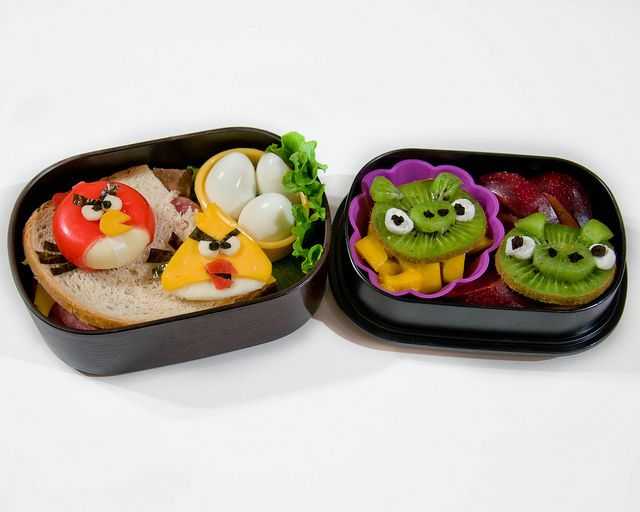
But, alas, the romantic family of insects is not without its freaks. Males of some species of dragonflies do not breed sentiments - they pounce on the female and roughly force them to love, during sex, literally pushing the seed of the previous lover out of the dragonfly with the “organ of love”. And male water striders are generally boors! They climb onto the female without preludes, and if she opposes spontaneous love, they begin to vigorously kick the water with their legs, attracting predatory fish. The female freezes: after all, the predator that swims up from below will eat her first! nine0005
Reptiles conquer young ladies mainly by fighting - like March cats. Most lizards fight for fun, for adrenaline, and monitor lizards fight to the death. Male turtles fight with their shells, making a terrible roar, and a tiny round-toed gecko yells passionately, so much so that its mating call is heard at a distance of 10 km! Crocodiles envelop the bride in a cloud of a special musky smell (that's where the men's tradition of giving perfume comes from?), And arrange water fireworks with their tails.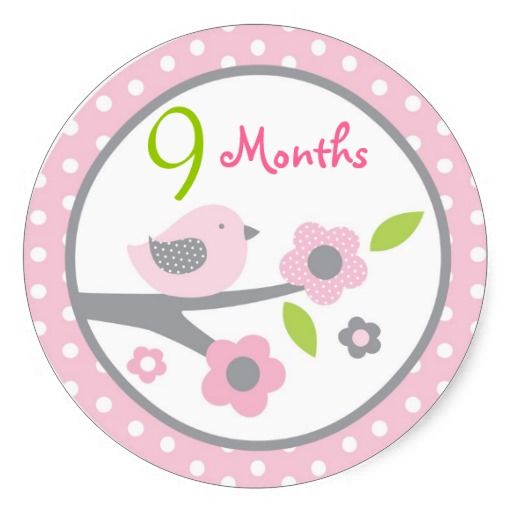 Male snakes, charming female snakes, scratch their backs and draw patterns on the sand with their bodies. nine0005
Male snakes, charming female snakes, scratch their backs and draw patterns on the sand with their bodies. nine0005
“Cranes are already starting to dance in our zoo,” says Natalia Istratova, press secretary of the Moscow Zoo, to . - So far, these are not mating games, but the joy of the first sun. But they are about to get into a romantic mood - and this will begin! During mating rituals, cranes dance for a long time and tastefully: males circle around females, throw back their heads, click their beaks. The eagle, having taken a fancy to the female, describes circles around her right in flight and “strokes” her favorite paws with her claws. Conversation birds lure girls by building a hut, which is surprising - the dimmer the male, the richer his bird property is decorated: with beetles, snails, etc. (Although why is it surprising? Everyone knows that the more “compact” a man is, the larger his car is! ). During the courtship period, most birds bring to the object of love not a banal bouquet of withered carnations, as is customary among people, but a solid “food ration”: caterpillars, beetles and larvae. nine0005
nine0005
Almost all feathered Romeos lure their Juliets with various songs. The Darwin Museum, for example, has a whole collection of "love compositions", not only birds, but also toads, frogs and other "romantics", which you can listen to. And one of the most unusual “courting” and at the same time similar to “human” traditions is among swimming waders. In these birds, females and males change places. The females lek, dance around the males, bring them worms and slugs, and the males look at it, spreading themselves, and maybe they just don’t drink beer under the TV (on the sofa in slippers and sweatpants!). nine0005
Don't be gorillas!
Mammals, as it were, stand very close to people, at the same stage of development, but they are still more resourceful in their courtship. The male kulan donkey climbs out of his donkey skin just to make the female laugh and charm: he prancing, hooving, tearing grass and bringing “his princess” in his teeth, even kneeling! Hares box, antelopes and deer break their horns for love, dolphins look after their favorite dolphin for several weeks or even months (!), orangutans sing, male chimpanzees dance for young ladies, and only gorillas - the closest to us - look after women sluggishly, and if Honestly, they don't care at all. Men! Don't be gorillas! nine0005
Men! Don't be gorillas! nine0005
By the way, in some species of flatworms, premarital games are held in the form of fencing ... with dagger-shaped penises. In fact, they are hermaphrodites (both a boy and a girl at the same time), so both knights are trying to pierce the opponent’s skin with “this very thing” and inject a seminal charge there, thus becoming a father!
See also:
- Marriage games. What unusual tricks do animals use to reproduce →
- Valentine's Day: The 10 Most Original "Love Couples" Ever →
- Beastly love. How animals relate to marital fidelity →
Next article
The most interesting in social networks
Media news2
Edible Bird's Nest Congee Nutrition Food Eating, Bird's Nest 2, animals, recipe, love Birds png
Edible bird's nest Congee Nutrition Food Eating, Bird's Nest 2, animals, recipe, love Birds pnganimals,
About this PNG
- Image size
- 969x798px
- File size
- 819.
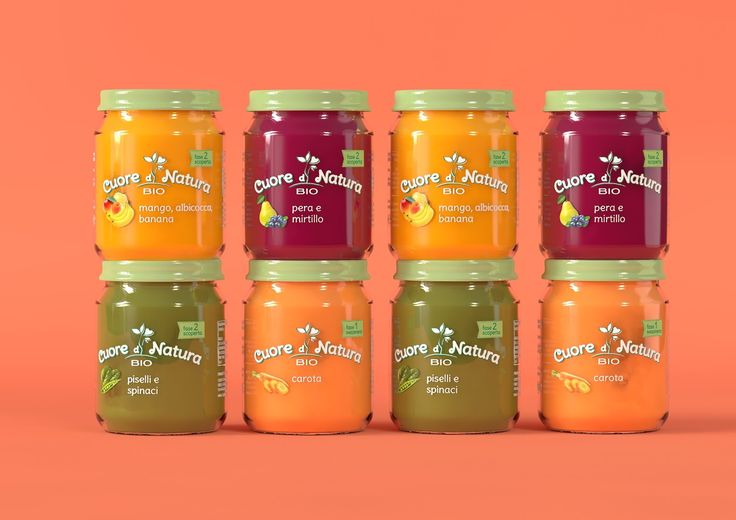 02KB
02KB - MIME type
- Image/png
resize PNG
width(px)
height(px)
License
Non-Commercial Use, DMCA Contact Us
- Edible bird nest Jianshui County Dietary supplement Chinese cuisine Food, Bird nest, animals, recipe, food png 1024x695px 512.06KB
- Indian cuisine Spice Herb Seasoning, Food condiments spices, assorted ingredients, natural Foods, food, recipe png 658x412px 458.46KB
- Edible bird nest Swallow, Bird nest, food, animals, recipe png nineteen20x900px 945.05KB
- Edible birds nest Stone candy Swallow Rice congee Tong, Bird nest, soup, food, animals png 658x472px 539.32KB
- Edible bird nest Poster, Bird nest, cream, food, animals png 764x489px 319.98KB
- Health Food, Diet, Food, Ketogenic Diet, Nutrition, Weight Loss, Healthy Diet, Diet, Diet, Food, Ketogenic Diet png 1725x1000px 2.21MB
- High-protein diet Food Eating, non-vegetarian food, food, seafood, recipe png 1024x847px 1.06MB nine0054
- Ice cream Edible bird's nest Swallow, Bird's nest nutritional ingredients, food, animals, traditional Chinese Medicine png 870x870px 632.41KB
- Edible bird nest Chinese herbology Adaptogen Icon, Bird nest, food, animals, love Birds png 1000x668px 505.92KB
- Nutrient Nutritional information label Carbohydrate Food, kitchen, miscellaneous, kitchen, food png 650x641px 677.43KB
- Edible bird nest Swallow Dietary supplement Bird's nest, Bird's nest, food, animals, recipe png 606x553px 312.28KB nine0054
- Edible bird nest Swallow stew, Bird nest, animals, plate, recipe png 804x800px 654KB
- Bird's nest Bird's nest, Bird's nest, food, animals, bird png 800x800px 457.85KB
- Edible bird nest Swallow, Tonic bird nest, animals, love Birds, bird png 828x495px 271.
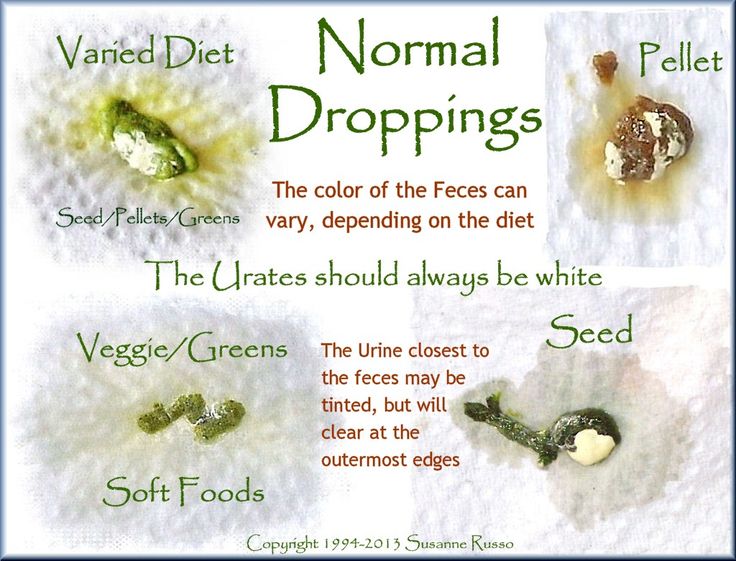 02KB
02KB - Edible bird's nest Swallow, bird nest hair, food, animals, black Hair png 700x973px 2.61MB
- Ramen Japanese Cuisine Menma Yaki udon, ramen, soup, food, animals png 1024x768px 605.97KB
- Juice Fruit salad Punch Flavor, juice, natural Foods, food, recipe png 600x720px 91.08KB
- Edible Birds Nest Shark fin soup Chinese cuisine Swallow, A bowl of shark fin soup, soup, food, animals png 1000x750px 732.83KB
- Edible bird nest White, White Bird Nest, white, food, animals png 658x431px 189.14KB
- assorted vegetables and spice bottles, Grocery store Healthy eating Supermarket Vegetarian cuisine, Basket of fruits and vegetables, natural Foods, food, recipe png 1100x731px 846KB nine0054
- Sea cucumber as food Edible bird's nest Seafood, Sea cucumber, soup, food, nutrition png 650x396px 124.88KB
- Chinese cuisine Fast food Twice-cooked pork Junk food, junk food, food, recipe, chicken Meat png 733x427px 473.29KB
- Bird Watercolor painting Chinese painting, Bird nest, animals, branch, color png 700x700px 558.73KB
- Edible bird's nest Food Food Pregnancy, bird's nest, soup, recipe, poster png nine35x661px 645.
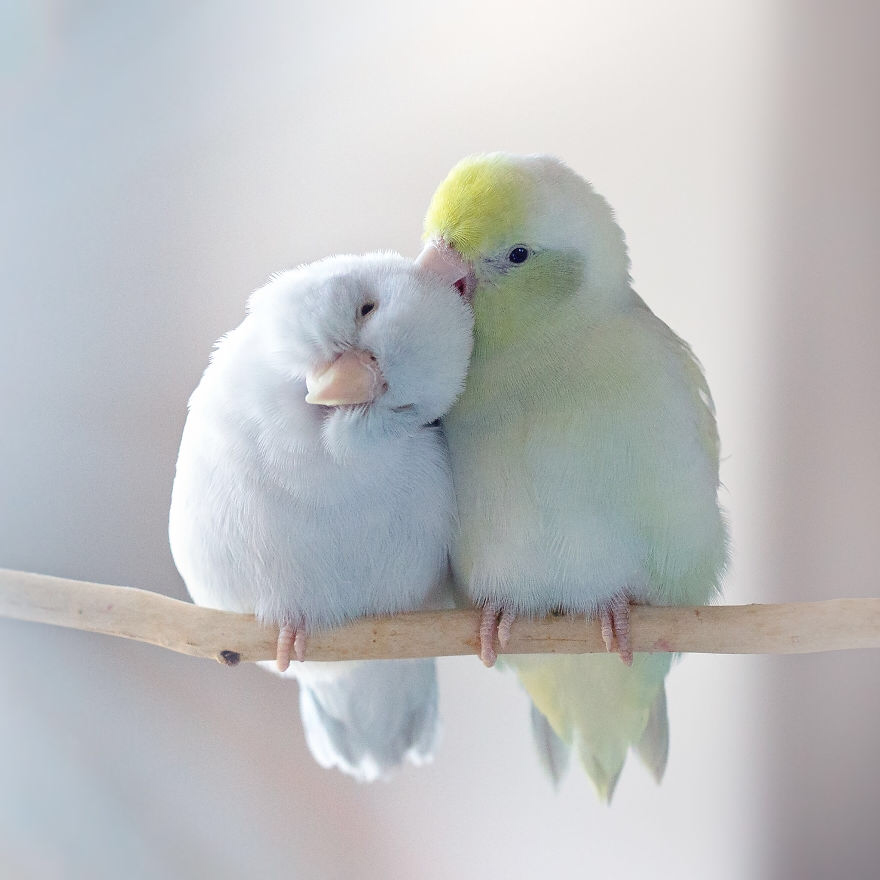 91KB
91KB - Edible bird nest Swallow Bird nest, Bird nest, animals, love Birds, bird png 566x569px 303.89KB
- Bird's nest Designer Bird's nest, soup, food, animals png 1000x750px 579.41KB
- White bird nest Edible bird, white bird nest, white, food, animals png 955x604px 1.05MB
- Edible bird nest Shanghai Dietary supplement, Bird nest, food, animals, recipe png 1200x1200px 1.25MB
- Edible birds nest, Free bird nest buckle tonic material, template, white, free Logo Design Template png 1000x800px 576.35KB nine0054
- Edible Birds Nest Stone candy Kongi Tanghulu, Sugar bird's nest, food, recipe, bird png 1024x768px 783.93KB
- Edible bird nest Poster Advertising Flyer, Bird nest, food, animals, text png 2598x4157px 6.89MB
- Dietary fiber Eating Food Nutrition, Fish group, leaf Vegetable, food, seafood png 1024x413px 606.97KB
- Shark fin soup Edible bird nests Sopa de imitacixf3n de aleta de tiburxf3n, Shark fin material bowl, soup, food, animals png 800x800px 572.51KB nine0054
- Edible bird's nest, Bowl of bird's nest, food, animals, recipe png 800x800px 822.56KB
- Edible bird nest Poster Advertising, Bird nest, food, animals, taobao png 1000x850px 339.19KB
- Food Bird's nest Food Gleditsia sinensis, Bird's nest bowl, food, animals, plate png 800x800px 718.57KB
- Edible bird nest Cereal RGB color model, Pure bird nest nutrient material, white, food, animals png 790x586px 180.56KB nine0054
- Edible bird nest Swallow Lovebird, Bird nest, food, animals, chinese Style png 493x512px 227.17KB
- Dish Bowl Tableware, White bird's nest, animals, black White, herbal png 1100x993px 664.04KB
- Seafood Fish Milk Diet, fish, food, animals, seafood png 850x405px 373.
 4KB
4KB - Indian cuisine Take-out Food Salad Platter, indian cuisine, leaf Vegetable, food, seafood png 900x600px 154.25KB
- Baby food French cuisine Calorie Cheese, cheese, food, recipe, cheese png 750x668px 689.23KB
- Edible bird nest Bird's nest, White nest cup, food, animals, plate png 894x661px 592.88KB
- Squid as food Oyster sauce Ingredient Seafood, Oyster fish pen, food, recipe, cooking png 526x789px 561.68KB
- Ramen Fried noodles Japanese Cuisine Instant noodle Sashimi, Mushrooms, shrimp and rice casserole, soup, food, animals png 1399x921px 1.
 8MB
8MB - Edible bird nest Hot pot Blood as food Khan Hoa Province Blood sausage, bird nest, food, animals, beef png nine45x630px 922.34KB
- Slices of fish soup Curry recipe, bowl of incense, soup, food, animals png 1600x1063px 2.27MB
- Take-out food High-protein diet Food Health, chicken meat, food, beef, recipe png 705x705px 771.23KB
- Indian cuisine Food Fat Weight loss Healthy eating, A bowl of eggs, recipe, food, happy Birthday Vector Images png 1137x1000px 398.14KB
- Bird's nest Designer, Bird's nest, food, animals, recipe png 1773x1773px 1.


